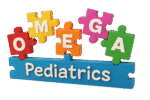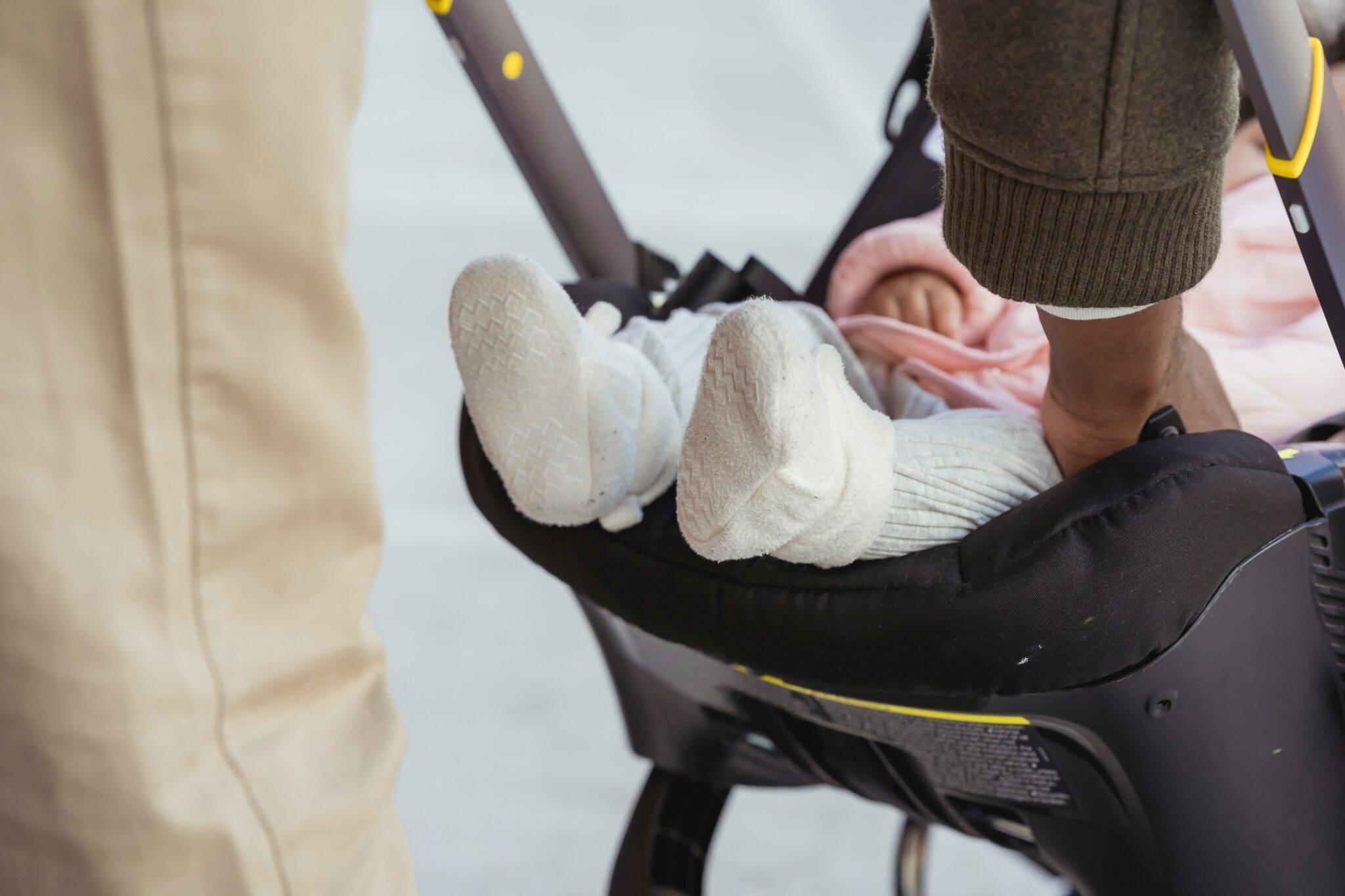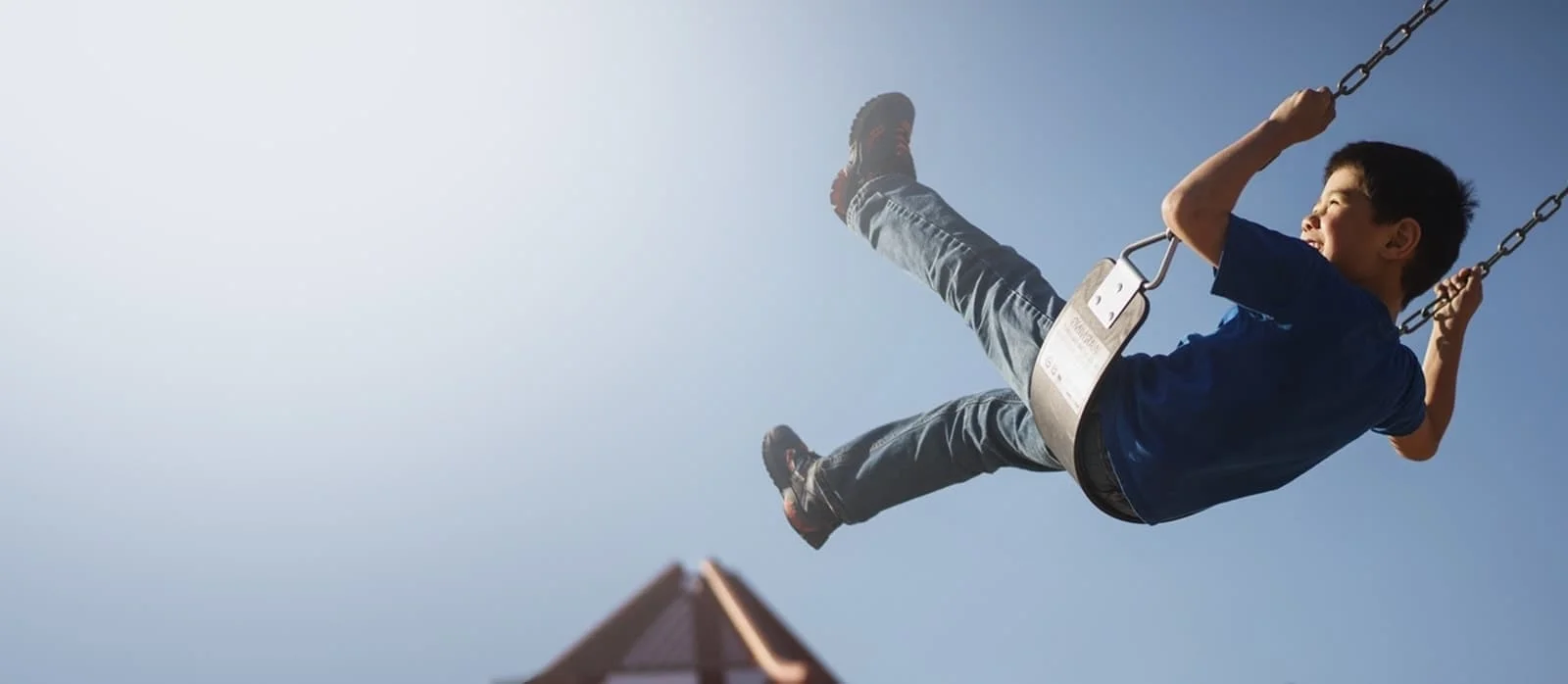Bringing a newborn home is a whirlwind of emotions and responsibilities. Every little movement your baby makes is a discovery, leading to excitement and sometimes concern. One such moment is when your newborn baby can roll onto side. This milestone seems surprising, especially since your baby is tiny and adjusting to life outside the womb. You may wonder if it’s normal for a baby this young to roll over and what, if anything, you should do about it.
This guide will dive deep into what it means when a newborn baby can roll onto side, why it happens, and what steps you should take to ensure your baby’s safety and healthy development.
Early Newborn Movements: The Basics
Newborns come into the world with reflexes and innate behaviors designed to help them adapt to their new environment. These early movements give you valuable insights into your baby’s development. Understanding what’s normal for your newborn helps you feel more confident and at ease during these early weeks.
The Role of Reflexes in Newborn Movements
Babies are born with several primitive reflexes critical for survival and development.
- Moro or Startle Reflex: This is one of the most prominent reflexes. This occurs when a baby experiences a sudden change in position, hears a loud noise, or feels a quick drop. The baby responds by flinging their arms out, arching their back, and then bringing their arms back in. This reflex sometimes causes your baby to roll onto their side.
- Asymmetrical tonic neck reflex (ATNR), Often called the fencing reflex, occurs when a baby’s head turns to one side, the arm on that side extends, while the opposite bends at the elbow. This reflex sometimes leads to a side roll, particularly when the baby is on a soft surface.
These reflexes are normal and fade as your baby grows, disappearing by the time they reach 3-4 months old.
Early Signs of Motor Skill Development
When your newborn rolls onto their side, it’s an early indicator of motor development. This suggests that your baby is gaining control over their muscles, even if slightly. These tiny, yet significant, muscle movements lay the foundation for more complex motor skills, such as rolling over, sitting up, and eventually crawling and walking.
Each baby develops at their own pace, so don’t compare your baby’s milestones too closely with others. What’s important is that your baby is gradually gaining strength and coordination, progressing at a unique rate. Rolling onto their side is one of the significant steps toward becoming more mobile.
Is It Normal for a Newborn Baby Can Roll Onto Side?
Seeing your newborn roll onto their side is surprising and nothing to worry about. It’s a positive sign that your baby is developing muscle strength and motor skills. Understanding what is normal for your newborn helps ease any concerns.
When Does Side Rolling Typically Occur?
Side rolling happens during the newborn stage, though more common in the first few weeks of life. As recommended by the American Academy of Pediatrics (AAP), newborns are placed on their backs to sleep to reduce the risk of Sudden Infant Death Syndrome (SIDS).
Factors That Influence Newborn Rolling
Several factors influence when and how often a newborn baby can roll onto their side. These include:
- Muscle Strength and Development: Babies with stronger neck, shoulder, and core muscles, or are particularly active, roll onto their side earlier than those still developing these muscles.
- Birth Weight and Size: Smaller babies or those with lower birth weights find it easier to roll due to their lighter body mass.
- Sleep Surface: A firm, flat sleep surface is recommended for all babies, but a slightly softer surface makes it easier for a baby to roll onto their side.
- Swaddling Practices: Swaddling restricts movement, making it less likely for a baby to roll onto their side. As babies grow and their movements become more deliberate, they attempt to roll even when swaddled, which is a cue to stop swaddling.
When to Be Concerned
While a newborn baby can roll onto their side isn’t a cause for concern, there are situations worth discussing with your pediatrician that could indicate an issue with muscle tone or coordination or other underlying condition that needs further evaluation.
- If your baby frequently rolls onto their side and has difficulty moving back to a safer position (on their back)
- If your baby is uncomfortable or distressed when rolling.
- If your baby has accompanying symptoms, such as difficulty breathing, feeding issues, or an unusual level of irritability,
Safe Sleep Practices: Ensuring Your Baby’s Safety
One of the most critical aspects of newborn care is ensuring they have a safe sleep environment. The way your baby sleeps impacts their overall health and well-being, particularly in reducing the risk of SIDS and other sleep-related dangers.
Back to Sleep: Why It Matters
The AAP recommends that all babies be placed on their backs to sleep. This position has been shown to reduce the risk of SIDS by as much as 50%. The Back to Sleep campaign, now known as Safe to Sleep, has been instrumental in educating parents and caregivers about the importance of placing babies on their backs for all sleep times—naps and nighttime sleep.
Placing your baby on their back to sleep should be a consistent practice. Even if your baby rolls onto their side during sleep, gently reposition them onto their back. This helps keep them safe but also reinforces the habit of back sleeping.
The Dangers of Side and Stomach Sleeping
While side sleeping seems a natural progression from back sleeping,
- Increases the risk of SIDS.
- When babies sleep on their sides, they’re likely to roll onto their stomachs, which is a position associated with a higher risk of suffocation.
- The baby breathes their exhaled air, leading to a buildup of carbon dioxide and a decrease in oxygen levels, which is dangerous.
- Leads to the baby’s face becoming pressed against the mattress or bedding, making it difficult for them to breathe.
Creating a Safe Sleep Environment
To further reduce the risk of SIDS and other sleep-related dangers, create a safe sleep environment. Here are some key tips:
- Firm Mattress: A firm mattress that fits snugly in the crib or bassinet. A firm surface provides support and reduces the risk of suffocation.
- Bare Crib: Keep your baby’s crib or bassinet free of pillows, blankets, stuffed animals, and crib bumpers. These items pose a suffocation risk.
- Sleep Positioners: Avoid sleep positioners or wedges that claim to keep babies on their backs or prevent them from rolling. These products can be dangerous and aren’t recommended by the AAP.
- Sleep Sacks: Instead of loose blankets, consider using a sleep sack or wearable blanket to keep your baby warm. These garments provide warmth without the risk of covering your baby’s face.
What to Do If Your Newborn Baby Can Roll Onto Side
So, your newborn has rolled onto their side—what should you do? While it’s a normal part of development, there are steps to ensure your baby’s safety and support their continued growth.
1. Reposition Your Baby
If you notice that your baby has rolled onto their side during sleep, gently reposit them onto their back. This is important during the early months when babies are vulnerable to SIDS. Consistently placing your baby on their back reinforces the safest sleep position.
2. Encourage Tummy Time
Tummy time is essential to your baby’s development. It strengthens the muscles in their neck, shoulders, arms, and back, all of which are necessary for rolling over, sitting up, and eventually crawling. Start tummy time as soon as you bring your baby home, beginning with short sessions and gradually increasing the time as your baby grows stronger. Always supervise for your baby’s safety, and never place your baby on their tummy to sleep.
3. Monitor Your Baby’s Progress
Keep an eye on how often your baby is rolling onto their side and how they’re handling it. Occasional rolling isn’t concerning, but if it becomes frequent or your baby seems to struggle with movement, it may be worth discussing with your pediatrician. Monitoring your baby’s progress helps you stay attuned to their development and address potential issues early on.
4. Avoid Swaddling Once Rolling Begins
Swaddling is a comforting way to help newborns sleep, but once your baby starts showing signs of rolling, it’s time to stop swaddling. A swaddled baby who rolls onto their side or stomach has difficulty repositioning themselves, which increases the risk of suffocation. Transition to a sleep sack or wearable blanket that allows free movement while keeping your baby warm.
5. Encourage Natural Movement During Playtime
Allowing your baby to move freely during supervised playtime is an excellent way to support their development. Place toys out of reach to encourage reaching, rolling, and exploring. These activities help with physical development and stimulate cognitive growth as your baby learns about cause and effect through movement.
Looking Ahead: Milestones to Watch For

Rolling onto their side is one of the milestones your baby will reach in their first year. As your baby grows, you look forward to other exciting milestones.
- Rolling Over: What Comes Next: The next major milestone after side rolling is rolling over completely—from back to front and from front to back. This occurs at 4-6 months old, though the timing varies widely among babies. Rolling over is a significant achievement that requires strong neck, shoulder, and core muscles and good coordination.
- Sitting Up: After mastering rolling over, your baby will develop the muscles to sit up independently. This happens at 6–8 months old. Sitting up is an important milestone that gives your baby a new perspective of the world and allows them to interact directly with their environment.
- Crawling and Beyond: Crawling is another exciting milestone at 7-10 months old. Crawling strengthens your baby’s arms, legs, and core muscles, necessary for walking. Some babies skip crawling altogether and move directly to pulling up and cruising (walking while holding onto furniture), which happens at 9-12 months old.
- Walking: Walking is the culmination of many months of physical development and practice. Most babies take their first steps at 9–15 months old, although some start a little earlier or later. Walking opens up a whole new world of exploration for your baby and is a significant milestone in their journey toward independence.
Learn more about caring for older babies in this article: Medically Sound Principles for Raising a Healthy 9-Month-Old Infant
Developmental Milestones: What If My Baby Isn’t Rolling Yet?
If your baby isn’t rolling over by 6 months, it’s natural to feel concerned. Every baby develops at their own pace. Some may take a little longer to reach this milestone, and that’s perfectly fine. What matters is that your baby is progressing in their overall development. Talk to your pediatrician if you’re concerned about your baby’s motor skills or if they seem to be missing other milestones. They assess your baby’s development and guide you on how to support their growth.
For more information on developmental milestones, refer to this guide on what to expect as your baby grows: 11 Key Milestones to Watch For: Parents’ Comprehensive Guide in Baby Development
Embrace Your Baby’s Developmental Journey
Watching your newborn grow and develop is incredibly rewarding. Each milestone, including rolling onto their side, signifies healthy development and a step toward greater independence. While ensuring your baby’s safety, it’s equally important to celebrate these achievements and encourage your baby’s natural curiosity and desire to move.
By following safe sleep practices, providing plenty of tummy time, and fostering a supportive environment for exploration, you help your baby reach their full potential. If you have concerns about your baby’s development, don’t hesitate to talk to your pediatrician. They support you and your baby through every stage of growth.
Every baby is unique, and the journey of parenthood is about embracing each moment, from those early side rolls to the first steps and beyond. Enjoy the ride, and take pride in every milestone your baby achieves.







